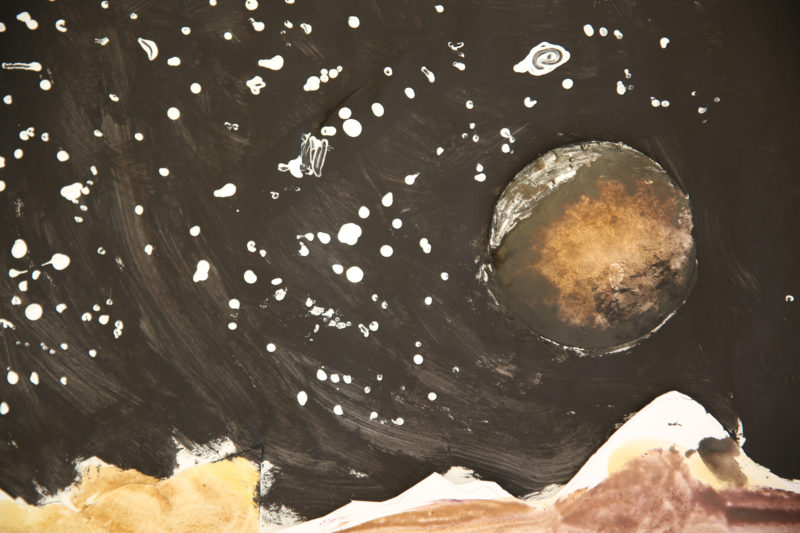On October 13, the Psyche spacecraft successfully launched from Kennedy Space Center, on its way to an unusual asteroid between Mars and Jupiter. The children learned about the asteroid, named (16) Psyche, from planetary scientist Lindy Elkins-Tanton, who is leading the mission to explore it. Lindy is only the second woman to serve as principal investigator on a NASA mission, and we were honored to have her visit TCS virtually to talk about her work.
Lindy studies how planets form, and the asteroid (16) Psyche intrigues her because it’s one of only nine, out of the 1.5 million asteroids observed, with a metal surface. It’s also large—as big as several New England states. And it likely formed just after the first solids appeared in our solar system, about 4.5 billion years ago. It’s a true outlier of an asteroid, and Lindy suspects that (16) Psyche may be the remnant of a planet that was blasted apart at the beginning of the solar system, and only its metal core remains. Sending a robot to examine this asteroid is a unique opportunity to analyze the metal core of a planet and gain a better understanding of the Earth’s metal core, which is too deep for us to observe.
The children were curious about what kinds of metal the surface of (16) Psyche could be made of, and Lindy explained that the metal nature makes is iron. We sometimes find metal meteorites or bits of rock from the asteroid belt that have landed on Earth. Metallic meteorites are always composed of iron, with maybe some nickel and copper mixed in it. So we’re pretty sure that (16) Psyche is mostly iron, but it could also be made up of metals we don’t know about.
Lindy shared how exciting and challenging it was to build the spacecraft that will orbit and analyze (16) Psyche. After its launch in October, the craft will travel for six years to reach the asteroid. It will be powered by huge solar panels and has a giant radio antenna to send images back to Earth. The children wondered why the robot wouldn’t land on the asteroid, and Lindy explained that landing would be too complicated: The asteroid is shaped like a potato, and we don’t know anything about its gravity.
By the time the Psyche spacecraft reaches the asteroid, Lindy will have worked on the mission for 17 years. But she has enjoyed every step of the process, because it’s fulfilling to work with a team of people with the same goal. “Think of building something so complicated!” she said. “It takes hundreds of people around the world to make it. And it has to work perfectly for years because no one can repair it.” The reward for their work will be new insights into a mysterious object in our solar system as well as how planets like Earth were formed.
The children asked if she had a favorite planet, and if she thinks we will find life in outer space. Lindy said that she has done science on Mercury, Venus, Earth and Mars as well as exoplanets, which are planets that orbit around other stars. But her favorite planets are the ones that are far away, like Uranus and Pluto. They are so mysterious and different from Earth, and she is looking forward to NASA’s missions there in the next 10 to 15 years. As for finding life off Earth, she thinks the No. 1 science question for humanity is, Are we alone? Although no one has yet found life in space, she hopes we’ll discover life buried under rocks on Mars or beneath the ice of Europa. “It would be the biggest discovery of our lifetimes by far,” she exclaimed, “and I hope we find it!”
In the wake of Lindy’s illuminating talk, we envision the budding scientists at TCS feeling inspired to contribute to such a momentous discovery.
Maureen
